Tiziana Mancinelli
BIFLOW - Toscana bilingue
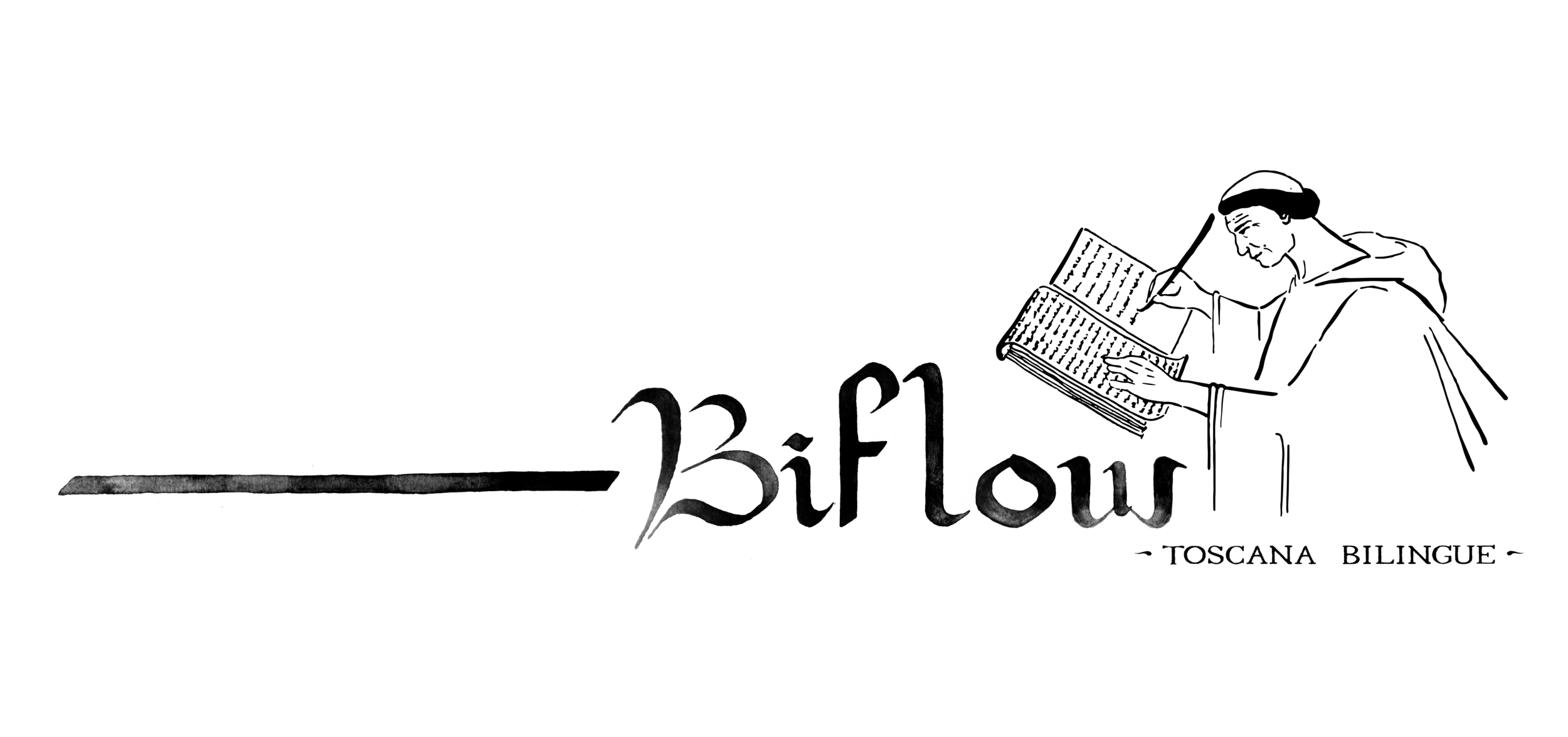
My experience in Data driven INNOVATION and Cultural Heritage
PhD at University of Reading and King's College on Digital Humanities
CCeH - Cologne Centre for eHumanities
ERC project - University of Venice
VeDPH - Venice Centre for Digital and Public Humanities
Interdisciplinary and intersectionality
A continuing digital project building on five years of intensive research by medieval scholars
What? A variety of literary documents that circulated simultaneously in more than one language (Latin and vernacular) in Tuscany, Italy
When? Mid-13th century - beginning of the 15th century
WHAT IS THE BIFLOW CATALOGUE?
Provide an advanced tool for scholars and students of medieval culture and translation studies
Develop our understanding of the social and cultural history of medieval Europe, particularly related to textual and manuscript production
Use digital tools to shed new light on medieval cultural production
FUTURE AIMS: building an extended network with archives worldwide; reaching new audiences, expanding accessibility
AIMS AND GOALS
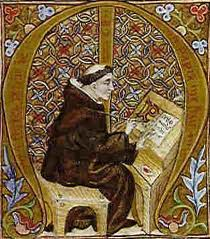
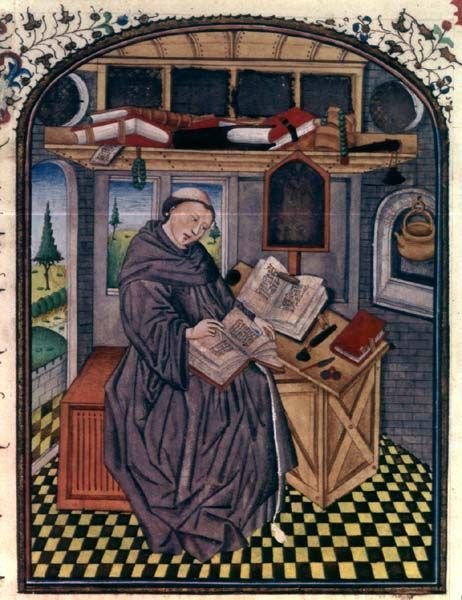

Manuscript 1
Manuscript 2
Manuscript 3
derived from
derived from
What we learned
What? Locating the texts (primary source and translated versions); mapping relationships between the texts (the graph of versions).
Text
The Régime du corps, a medical text originally written in French, is instanced in 13 distinct versions in a range of languages: Catalan, Flemish, French, Italian, and two Latin versions.



Author
Copyist
Translator
Who? different actors involved in the production of knowledge in the Middle Ages:
What we learned
Identified producers include: 134 authors; 38 copyists; and 6 known translators (many more remain so far unidentified).
Our most prolific copyist, with 7 manuscripts, is Johannes Burcardi (c.1450-1506), an Alsatian born priest who served at the courts of several popes. He is best remembered for his own Liber Notorum recording details of papal ceremonies.
We identified key actors in one of Europe's most fertile zones of cultural productivity in the Middle Ages.
So far the catalogue studies over 700 manuscripts (and growing).
studying the development and distribution of text production across languages and locations.
What we learned

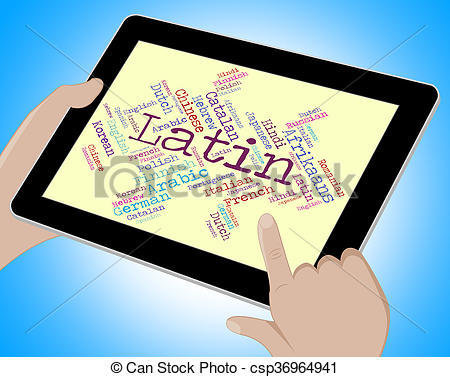
It is harder to trace the geographical spread of textual production. We generally know where manuscripts have been preserved (in libraries and archives across Europe), but not where they were originally composed. However, ongoing research by paleographers and codicologists on the material aspects of manuscripts (from layout and script to inks and parchments) is expanding our knowledge.
The Liber of Saint Angela da Foligno, a wealthy widow from Umbria (central Italy) who became a Franciscan nun, is preserved in Latin and Florentine Italian witnesses. Only the Florentine Italian translations have remained preserved in Tuscany to the present day, while the Latin versions are found in collections around the world from Oxford to Chicago.
We traced texts and manuscripts across over ten languages: Latin; French and Langue d'oil; Catalan and Flemish; plus several Italian vernaculars.
how we did it: methodologies
- Metadata represent the inherent characteristics of a catalogue -- well-defined metadata are the key to unlock resources
- Semantic Web technologies and Linked Open Data allow us to fully map out entities and their relationships using principles of abstraction in order to represent multilingualism and translation in the Middle Age
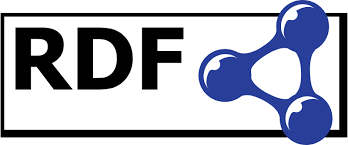
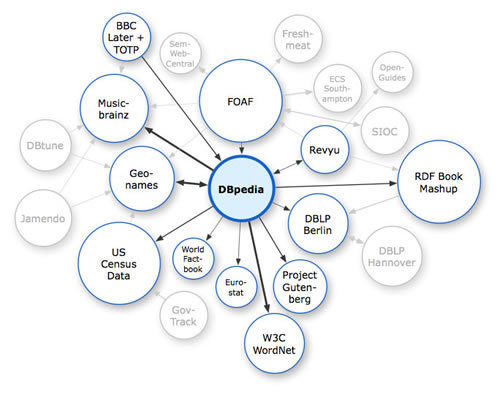

Data needs to be described to be shared with other projects

Metadata are important!
-
Semantic Web
-
Linked data
-
interoperability
Authority data ➔ hub to manage and share our authority data:
- handles URI identifiers
- natively produces RDF
- remote access for machines:
Web API + SPARQL
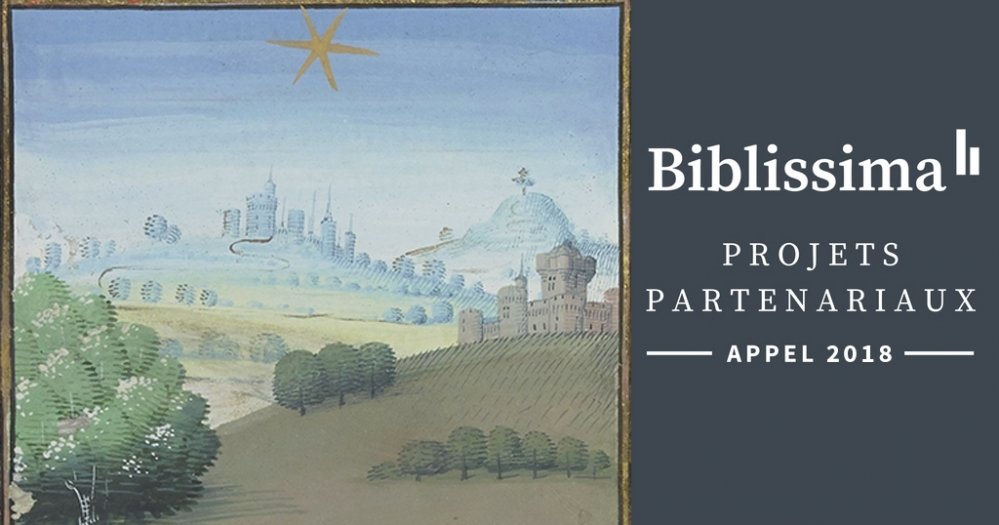
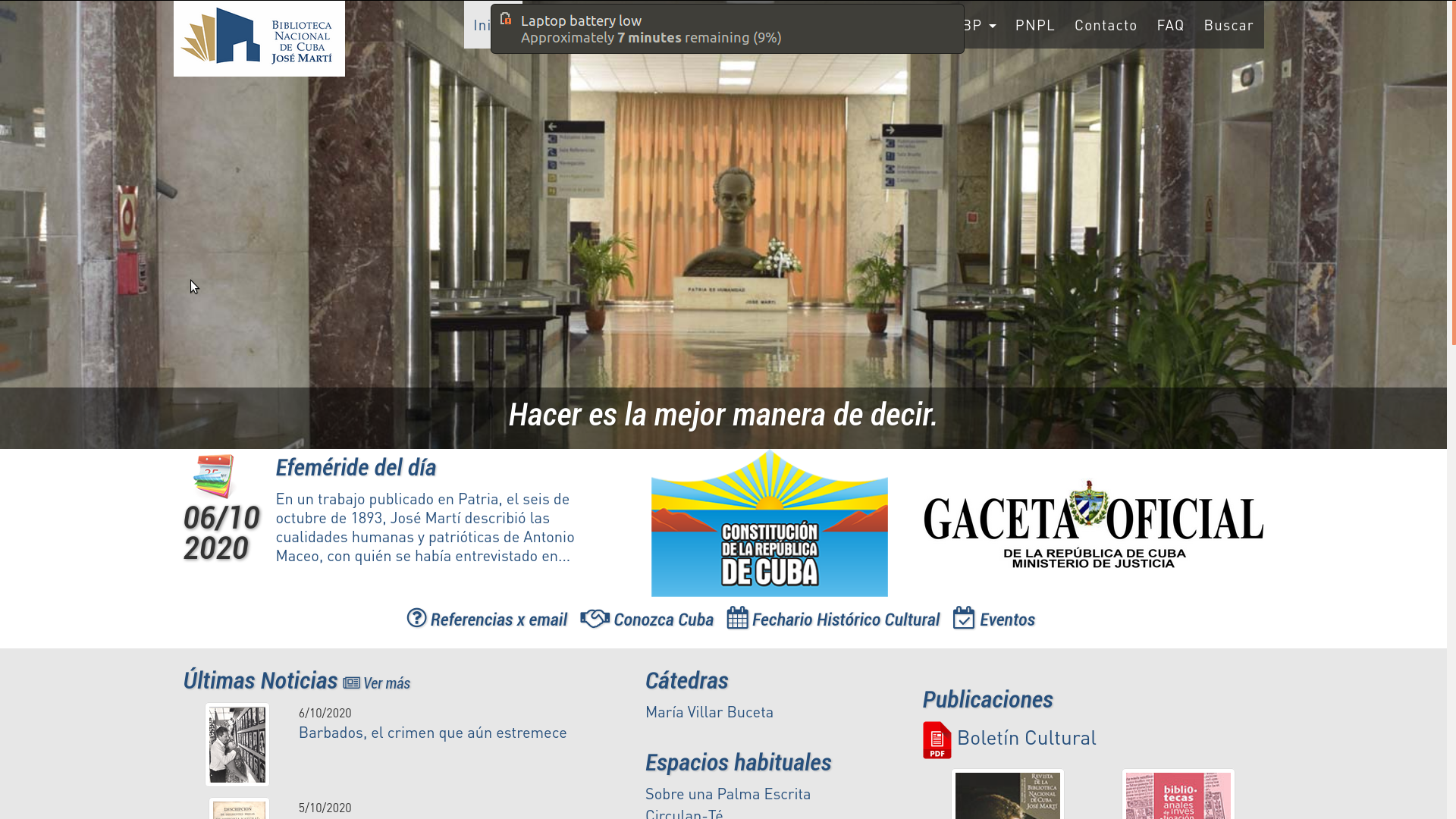
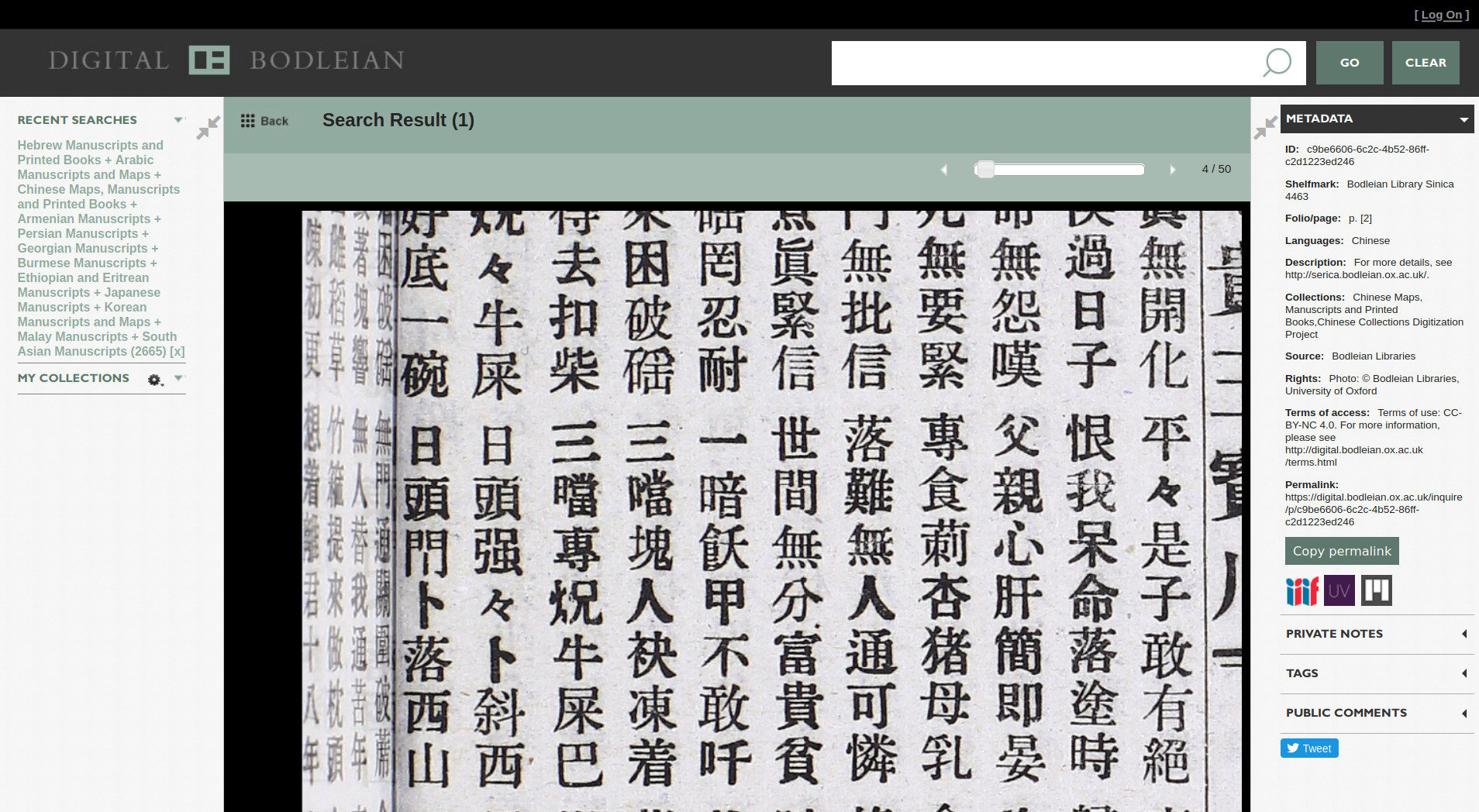
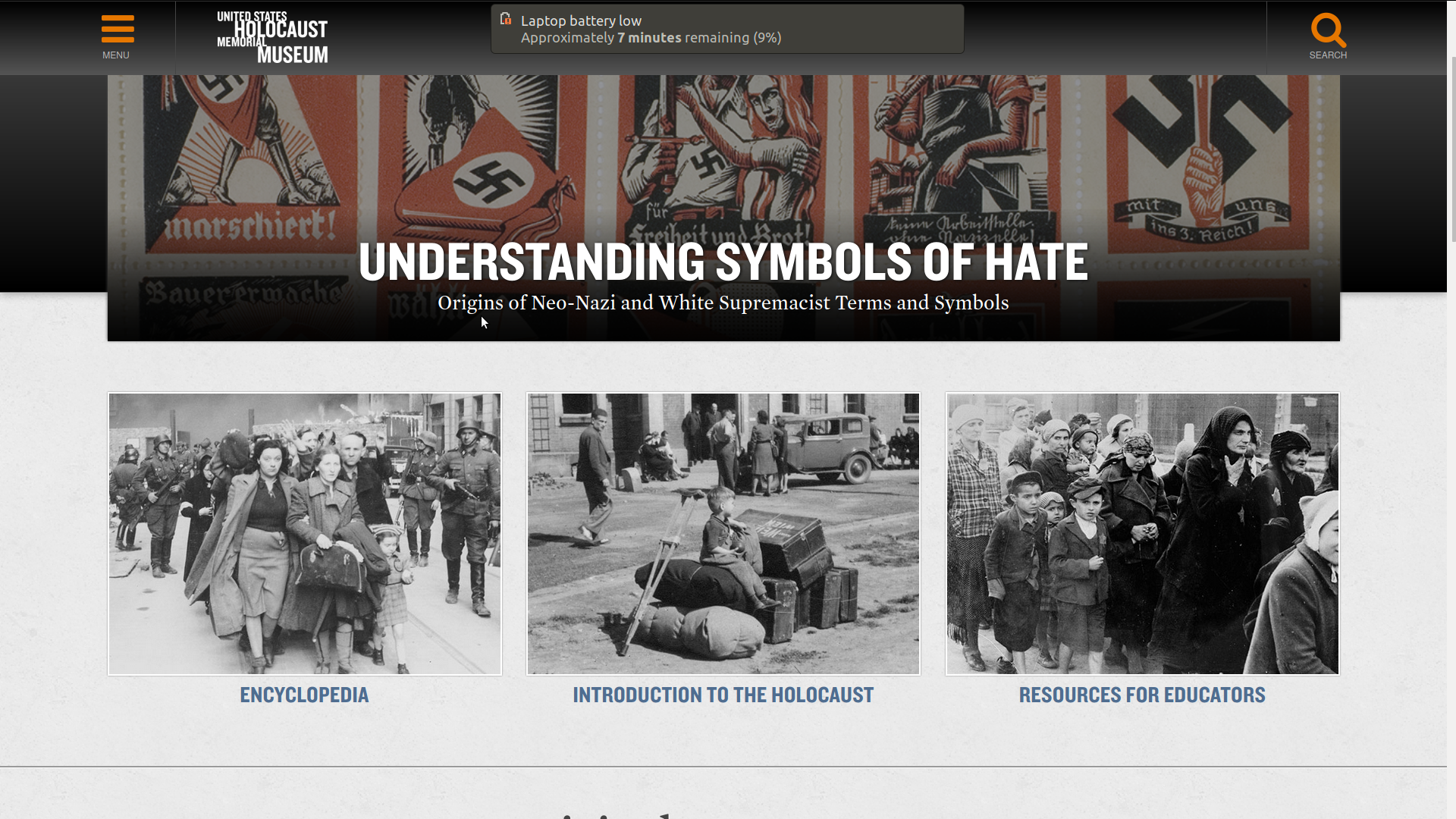

how we did it: tools
- API Platform (PHP)
- Database (MySQL)
- Javascript and REACT
- SPARQL queries

Search is based on:
- library
- language
- date
- person
- manuscripts
- genre

Going Further: linking up with Galleries, museums, archives to expand mass digitisation

The example of Europeana

going further: reaching new audiences
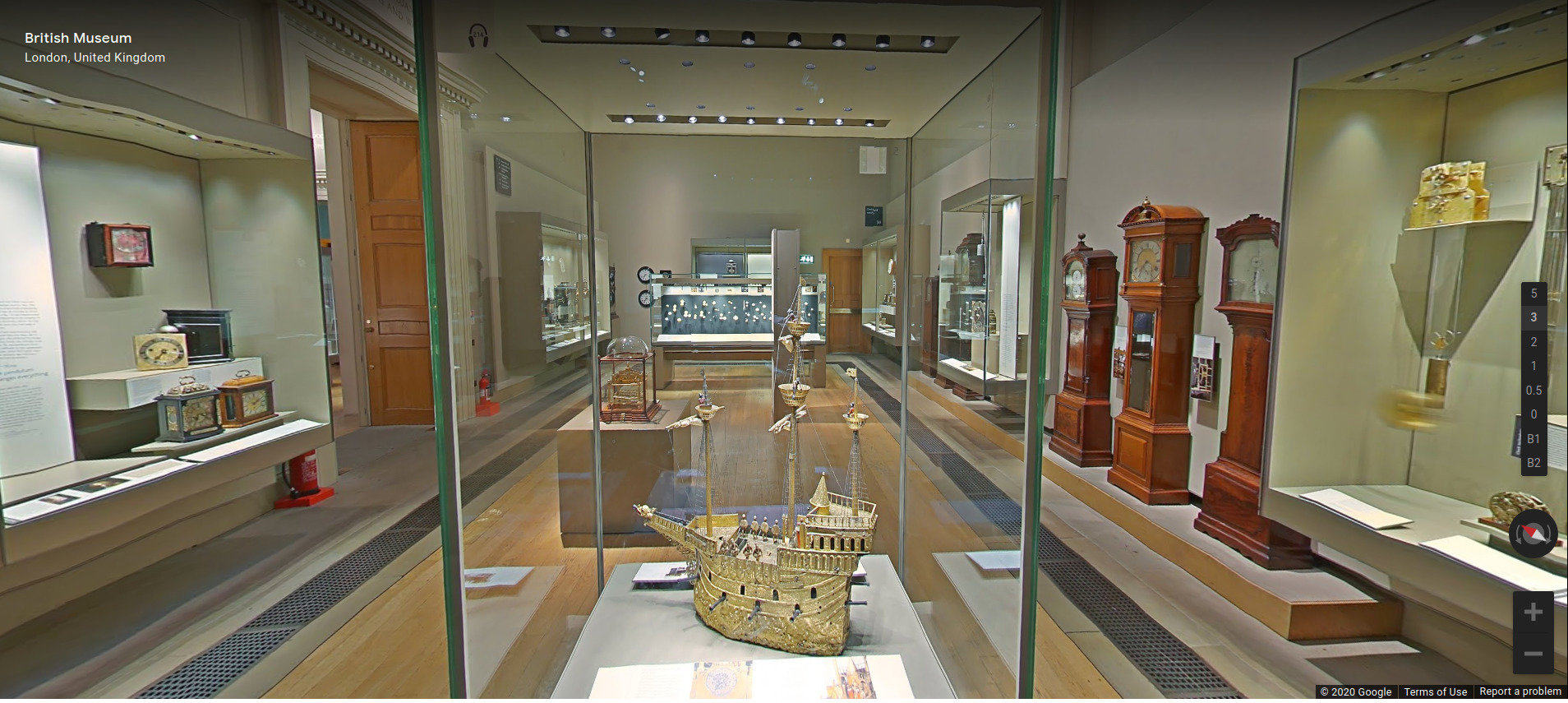
Virtual gallery tours: the British Museum
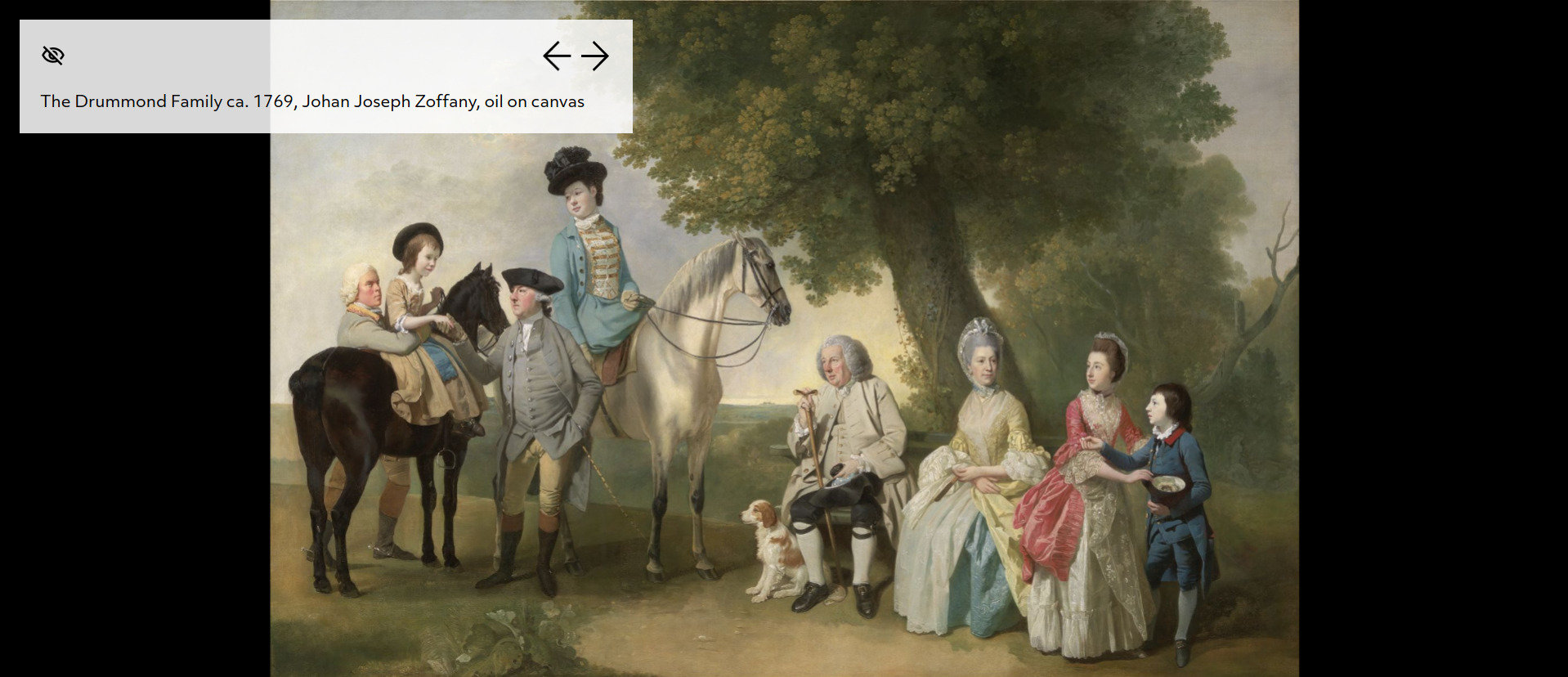
Yale Center for British Art.

make available our cultural heritage
annotate images and create stories
digital bodleian
Link resources with
other projects

going further: the interactive AUDIENCE
The Book of Disquiet: a crowdsourcing initiative
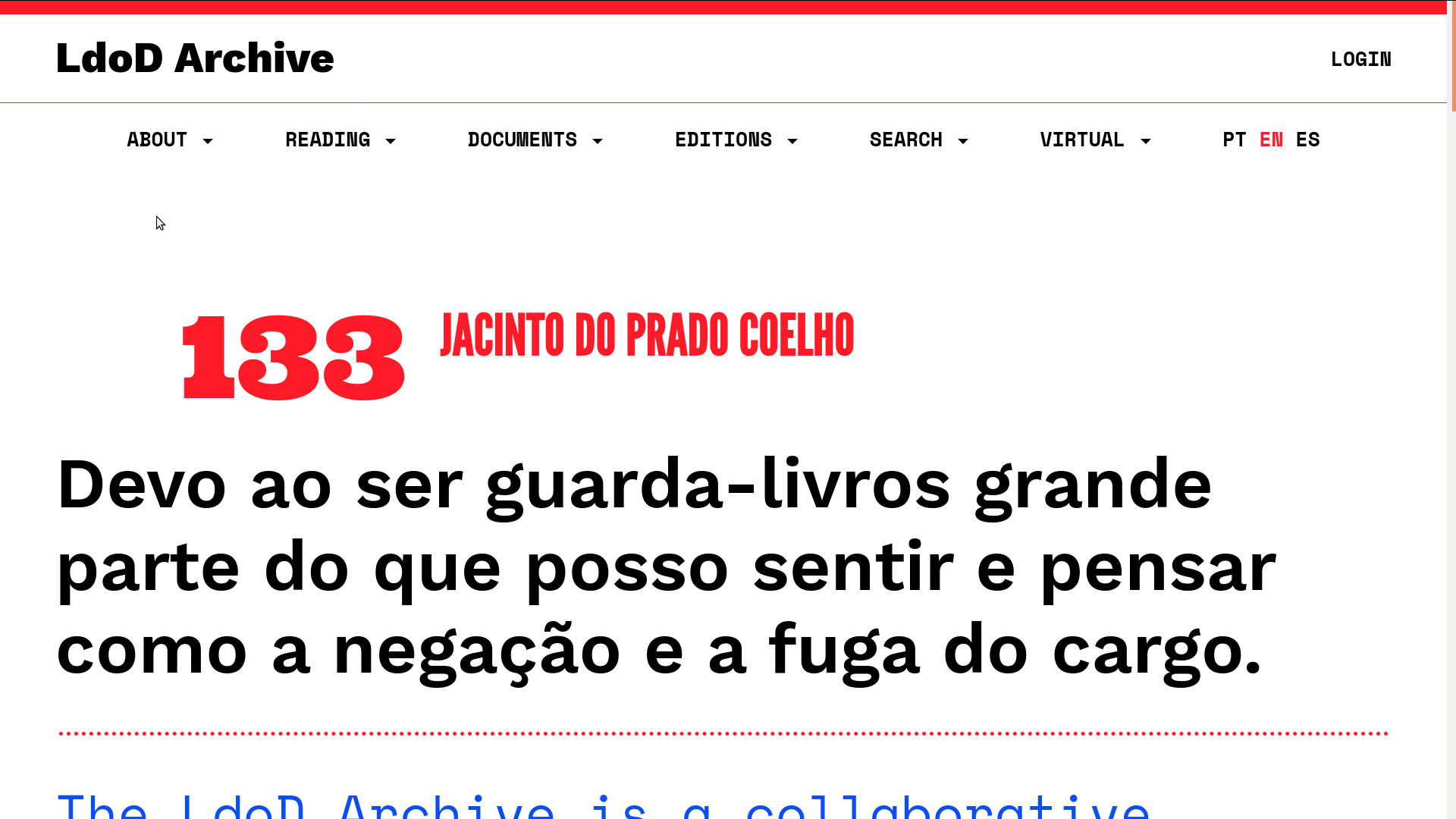
The Estense Digital Library: Annotation of images by users
(IIIF International interoperability Image Framework)
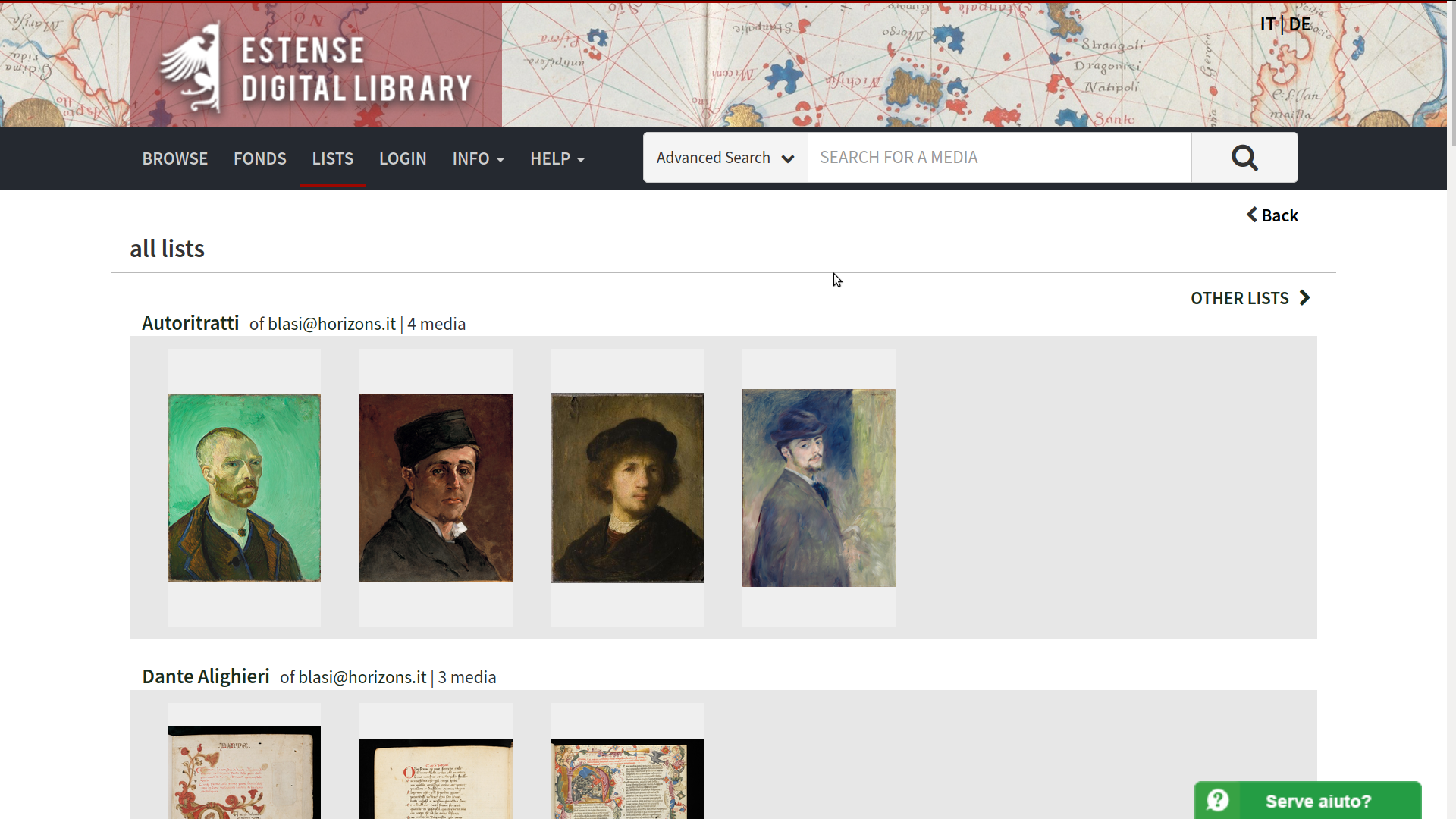


going further: machine learning

IIIF allows annotating images, to share resources, to create metadata of data

KRAKEN
a project of Handwriting Recognition for IIIF images

L

Email address:
tiziana.mancinelli@gmail.com
tiziana.mancinelli@unive.it
GitHub: tmancinelli.github.io
Presentation - The National Archives
By Tiziana Mancinelli
Presentation - The National Archives
The National Archives presentation
- 809



